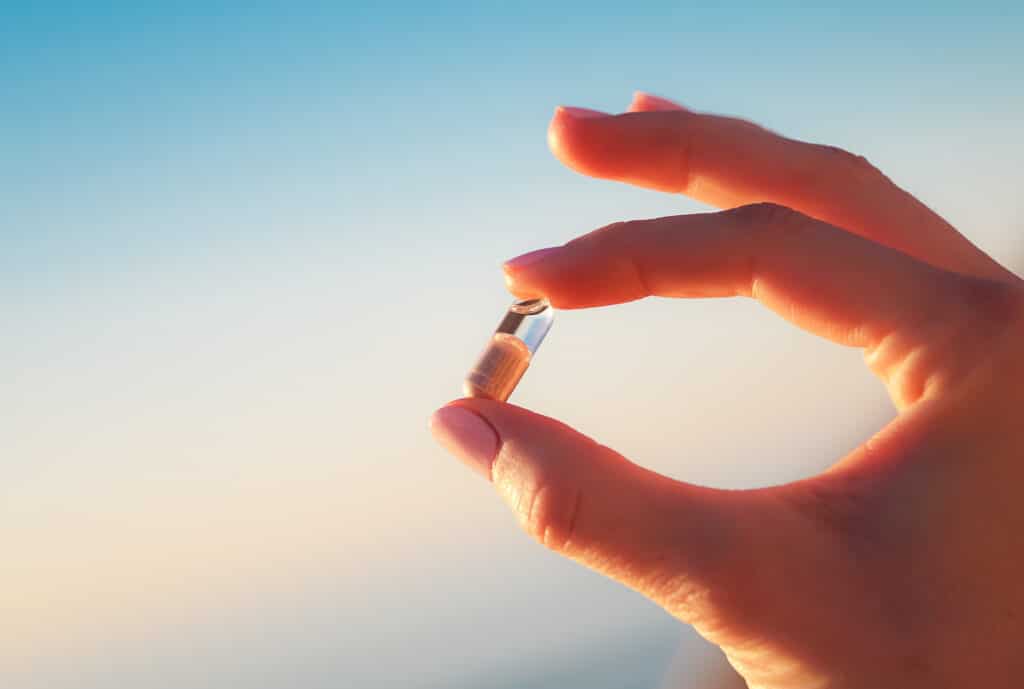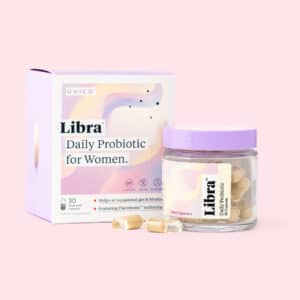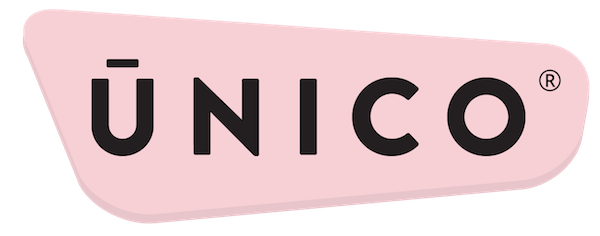We’ve all heard of probiotics. Most of us have heard of prebiotics. Not quite as many of us have heard of POSTbiotics, and still fewer have heard of flavobiotics – the ‘new kid on the block’ in gut health. Today we’re going to break down exactly what postbiotics & flavobiotics are, what they actually do for you, and how you can work them into your diet in 2021.

Rapper ‘Post Malone’ famously sang back in 2017 ‘Man, I feel just like a rockstar’…which makes you wonder if the popular artist himself was taking his ‘Post’-biotics back in the day!
While it is unlikely that ‘Posty’ was that far ahead of the gut health curve, it is true that for many – these new postbiotic compounds really do make you feel ‘like a rockstar’.
Fun Fact: Over 90% of the serotonin (‘feel-good’ hormone) in your body is housed in the gut.4
Before we dive into how postbiotics (and flavobiotics) can help you live a healthier life, let’s start with the basics of postbiotics. For example…
What are Postbiotics?
Postbiotics refer to the family of byproducts that get released when you eat a diet rich in fruits & vegetables.
Why vegetables?
Because vegetables are high in prebiotic fiber – the type of fiber that the probiotics in your gut feed on.
Reminder: Prebiotic Fiber is the non-digestible fibers found in fruits and vegetables that becomes fermented by ‘good’ bacteria in your gut2
So think of it this way – postbiotics are what you get ‘after’, or ‘post’ eating veggies, thus, POSTbiotics.
What is the Difference Between Prebiotics and Postbiotics?
As we just learned, the main difference is that while probiotics are the living bacteria in your gut, postbiotics are the non-living compounds that get produced when probiotics feed on prebiotic fiber.
In fact, many believe that the most important benefits of probiotics are in fact these ‘postbiotics’.
Some refer to postbiotics as the ‘end game’ of taking probiotics in the first place!3
The Different Types of Postbiotics
The most common types of postbiotics are:
- Short-chain Fatty Acids* (SCFAs), such as acetate, butyrate, propionate
- Lipopolysaccharides including polysaccharide A and exopolysaccharide
- Amino Acids such as tryptophan, tyrosine and phenylalanine
- Antimicrobial Peptides such as defensins and bacteriocins
- Neurotransmitters such as GABA, serotonin, acetylcholine
*While the health benefits of all five kinds of postbiotics are undeniable, most of the current research on postbiotics has been focused on the short-chain fatty acids, although there is now significant emphasis on learning more about the relationship between the gut, postbiotics, and mental health, since neurotransmitters are a key postbiotic.
What are Flavobiotics?
Flavobiotics refer to a speciality group of flavonoids that travel to the colon intact, where they increase the production of postbiotic compounds.
You may recall that another powerful citrus flavonoid with health benefits is citrus aurantium extract found in our VULCAN natural weight loss agent.
The fascinating thing about flavobiotics is that they can produce the similar postbiotic output / result that is caused by the natural interaction between prebiotics + probiotics, all on their own!
Even more remarkable still, the science of flavobiotics is not just anecdotal – in a 12-week double-blind clinical study, flavobiotic supplementation led to a significant shift in the SCFA profile, including in increase in postbiotic materials butyrate.
That’s Great, But What Do Flavobiotics Do?
Acronyms and ‘lab-speak’ aside, you may find yourself quoting the infamous ‘Office Space’ line…
“So what is it that you DO here?”
And the answer is that flavobiotics provide many of the same benefits of postbiotics.
The most important of which is their ability to reduce gut inflammation. The other six main benefits of postbiotics (and flavobiotics) include:
- Reduce Inflammation: The key benefits of SCFAs like butyrate is reducing gut inflammation, which lowers the risk of diseases and cancer
- Improve Gut Immunity: Postbiotics such as butyrate has immunomodulating capabilities
- Reduce Leaky Gut Symptoms: Higher permeability of the gut and corresponding inflammation response are reduced by SCFAs
- Strengthen the Intestinal Barrier: Butyrate is the primary fuel source for the cells that make up the walls of your gut
- Improve Blood Sugar Balance: Postbiotics lower blood glucose and allow insulin to work better in diabetics
- Neurological Benefits: Neurotransmitters dopamine, serotonin, and norepinephrine are produced in the gut
How to Get More Postbiotics, Naturally.
Because postbiotics are the naturally-occurring result of healthy prebiotic & probiotic metabolism, a diet high in both prebiotic fiber, and probiotic bacteria will naturally help elevate postbiotic levels.
Excellent prebiotic fiber sources include:
- Bananas
- Barley
- Leeks
- Garlic
- Oats
- Apples
- Chicory Root
- Asparagus
While the following foods offer high levels of naturally-occurring probiotic strains:
- Yogurt
- Kefir
- Sauerkraut
- Kimchi
- Tempeh
- Miso
- Kombucha
While eating foods with high pre & probiotic content is the best way to boost gut-health, a daily synbiotic can help you cover your bases and fill in any nutrient gaps when it comes to your diet.
The Libra Daily Women’s Probiotic is the world’s first synbiotic to combine flavobiotics with probiotics.
Each capsule features a combination of the only available patented flavobiotic material, along with a 12-strain probiotic blend from Lallemand Health Solutions, developed exclusively for UNICO Nutrition.
The result is a perfectly-optimized probiotic, with the primary benefits of reducing gut inflammation, reducing gas & bloating, balancing vaginal pH, and boosting immunity.
Sources:
1https://www.ncbi.nlm.nih.gov/pmc/articles/PMC6801921/
2https://www.ncbi.nlm.nih.gov/pmc/articles/PMC3705355/
3https://www.wellandgood.com/what-are-postbiotics/
4https://www.apa.org/monitor/2012/09/gut-feeling
5https://www.todaysdietitian.com/newarchives/JJ20p20.shtml
6https://www.ncbi.nlm.nih.gov/pmc/articles/PMC6683056/
7https://www.sciencedaily.com/releases/2017/04/170420132508.htm
Recommended Reading:
- Holiday ‘Jingle Balls’ – A Festive Take on No-Bake Protein Balls - December 20, 2023
- Cryptic Cold Brew – A Must-Try for the Most Mischievous - October 31, 2023
- Does Protein Powder Make You Gain Weight? - October 4, 2022

